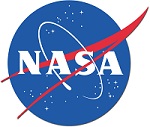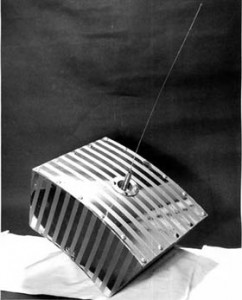 AMSAT submitted a proposal to NASA for their CubeSat Launch Initiative, also known as the ‘Educational Launch of NanoSat’ (ELaNa) program. NASA selects projects that they deem to have merit in support of their strategic and educational goals. Projects that are selected will be able to enter into a collaboration agreement where NASA will cover the integration and launch costs of the satellite.
AMSAT submitted a proposal to NASA for their CubeSat Launch Initiative, also known as the ‘Educational Launch of NanoSat’ (ELaNa) program. NASA selects projects that they deem to have merit in support of their strategic and educational goals. Projects that are selected will be able to enter into a collaboration agreement where NASA will cover the integration and launch costs of the satellite.
AMSAT, working with ARRL, highlighted the educational merit of the project including the incorporation of Fox-1 into the ARRL Teacher Institute seminars. ARRL also provided a letter of support for the project that was a key component of our proposal.
The Clay Center for Science and Technology at the Dexter and Southfield schools in Brookline MA, also provided a letter of support that was an important part of our proposal. The Clay Center noted that they use AMSAT satellites such as ARISSat-1 in their educational activities for K-12 students and that they look forward to making use of Fox-1. The completed proposal, at 159 total pages, required a significant effort that was all done by volunteers. NASA will select from all of the submissions and announce the winning projects by January 30, 2012.
Tony Monteiro, AA2TX
AMSAT Vice-President of Engineering

 OSCAR is an acronym for Orbiting Satellite Carrying Amateur Radio. OSCAR series satellites use amateur radio frequencies to facilitate communication between amateur radio stations. These satellites can be used for free by licensed amateur radio operators for voice (FM, SSB) and data communications (AX.25, packet radio, APRS). Currently over 20 fully operational satellites in orbit act as repeaters, linear transponders or store and forward digital relays.
OSCAR is an acronym for Orbiting Satellite Carrying Amateur Radio. OSCAR series satellites use amateur radio frequencies to facilitate communication between amateur radio stations. These satellites can be used for free by licensed amateur radio operators for voice (FM, SSB) and data communications (AX.25, packet radio, APRS). Currently over 20 fully operational satellites in orbit act as repeaters, linear transponders or store and forward digital relays.